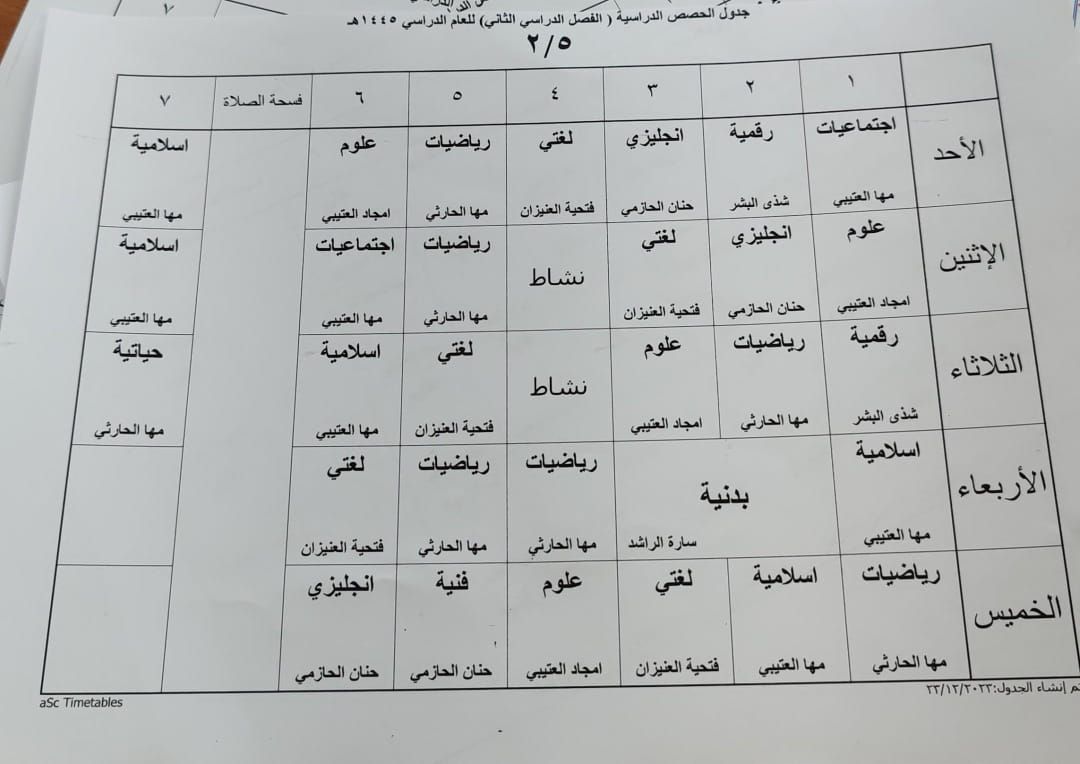Writing - Mega goal 2 - ثاني ثانوي
Part 1
Unit1: Connected by Technology
Unit2: Crime Doesn’t Pay
Unit3: Far and Away
Unit4: TV Around the World
Unit5: Working 9 to 5
Unit6: Going Green
Part 2
Unit7: There’s No Place Like Home
Unit8: The Sporting Life
Unit9: Laugh Out Loud
Unit10: You Are What You Eat
Unit11: Amazing Animals
Unit12: What Would You Do
Part 1
Part 2
2 Crime Doesn't Pay رابط الدرس الرقمي 10 Writing www.ien.edu.sa A. Read the title of the article below and decide who it is addressed to. Give reasons for your answer. CHARGING YOUR CELL PHONE, CAN GET YOU IN TROUBLE! 1. Read the article and answer the questions. • • • Why did the burglar leave the house in a hurry? What did the police find? How did they discover the identity of the burglar? 2. Read the article again and answer the questions. • How does it begin? • Are all the events presented in the order they happened (chronologically)? Why? Why not? 3. Find out which paragraph/s focus on: • the police investigation the burglary ⚫ the arrest • 4. How many past forms can you find? 5. Are there any passive forms? Why? Why not? A burglar was arrested after leaving his cell phone at the house that he broke into. The man was going through the rooms, looking for valuables, when he heard someone unlock the door and enter the house. So, he jumped out of a window and fled to avoid getting caught. The police searched the house later, looking for prints and other clues to help them identify the man. All of a sudden, one of the owners pointed to a cell phone plugged into one of the sockets, charging, and said that he had never seen it before and did not know who it belonged to. The police checked with the rest of the family and confirmed that it did not belong to any of them. One of the police officers had an idea. He called a contact listed in the phone memory, and told the person that the owner of the phone had been in an accident, so the police were trying to get in touch with friends and family. The man was identified. He was later arrested and charged with a total of 12 burglaries! وزارة التعليم Ministry of Education 2024-2846 MG_02_COMBO_TEXT_2024.indb 28 30/4/24 2:29 AM

B. 1. Write a story for a newspaper or web article describing a crime. Choose a real or imagined crime. The crime should be a foolish, non-violent one. 2. Before you write, answer the five "Ws” about this crime: Who, What, Where, When, and Why. Use the pentagon chart to help you think and make notes around it. What? Who? Where? When? Why? 3. Decide on a headline for your article. 4. Use your notes to write the first draft of the article. 5. Exchange and edit your drafts. 6. Re-write, check, and submit or post. Title: The was the target of an attempted robbery yesterday. However, the robber... Writing Corner When you write an article, a story for a newspaper or magazine: . . open with an account of an event that has happened recently; if a reader is attracted by the first few lines, they are more likely to read the whole story. notice that articles which provide the account of an event do not usually present things in natural order (chronologically); Use a variety of verb tenses to jump back and forth in past time: What happened? What had happened?; What was going to happen (but probably didn't)?; What has happened? use time markers to help your reader follow the order of events in the narrative: Before...; Later that day ...; Soon after ...; When ...; While ...; and so on. bear in mind that such articles are usually quite 'dense', i.e. they contain a lot of information in little space وزارة التعليم Ministry of Education 2024-1446 MG_02_COMBO_TEXT_2024.indb 29 29 30/4/24 2:29 AM




 0
0 
















